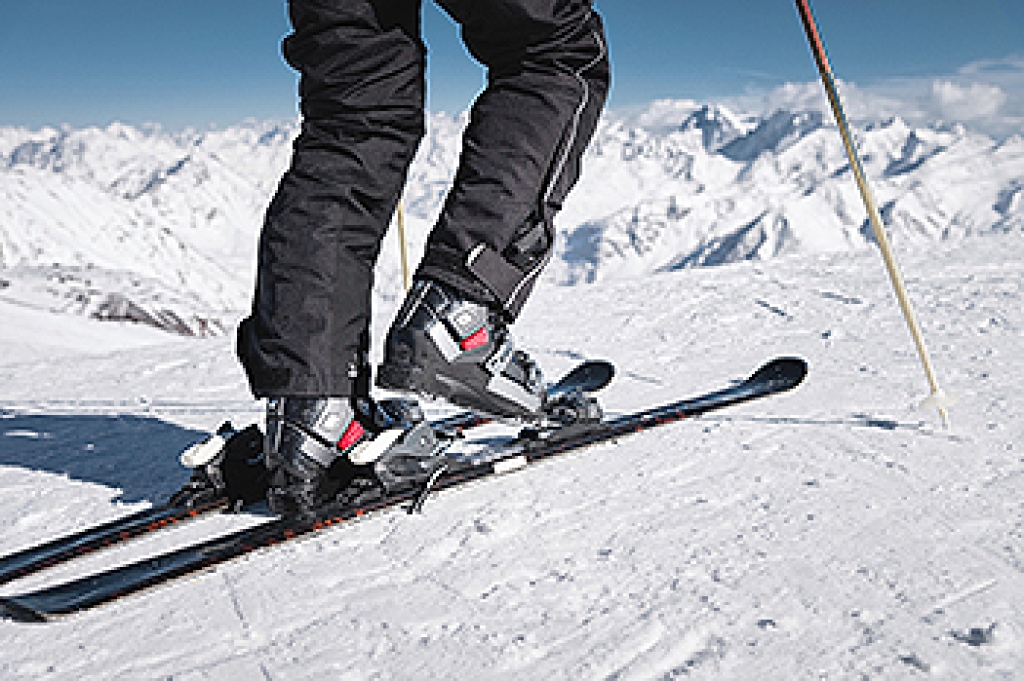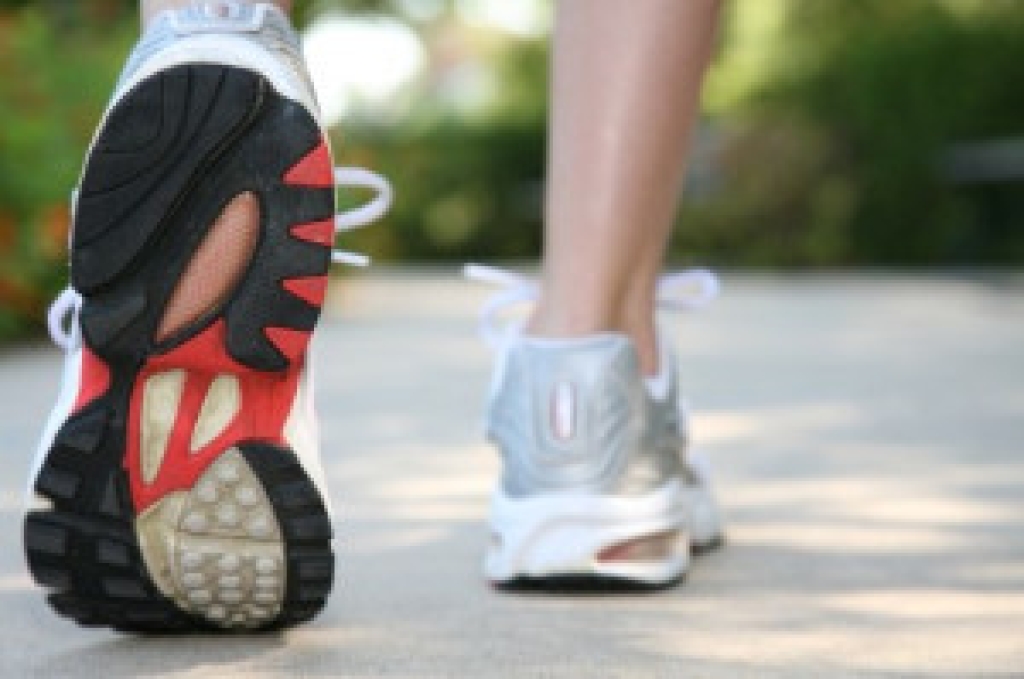
Sever's disease is a common cause of heel pain in growing children and occurs when the growth plate in the heel becomes irritated from repeated stress. This condition often appears during growth spurts when bones, muscles, and tendons develop at different rates. Symptoms may include heel pain, limping, tenderness, and tight calf muscles that increase discomfort during activity. Risk factors include high impact sports, poor foot mechanics, and wearing inadequate footwear. Causes often relate to overuse, sudden increases in activity, or tight muscles pulling on the heel. A podiatrist can evaluate foot structure, recommend stretching routines, provide supportive footwear guidance, and offer treatments that reduce strain on the heel. If your active child has heel pain or is limping, it is suggested that you consult a podiatrist who can accurately diagnose and treat what may be going on.
Sever's disease often occurs in children and teens. If your child is experiencing foot or ankle pain, see one of our podiatrists from Nola Sole Podiatry. Our doctors can treat your child’s foot and ankle needs.
Sever’s Disease
Sever’s disease is also known as calcaneal apophysitis, which is a medical condition that causes heel pain I none or both feet. The disease is known to affect children between the ages of 8 and 14.
Sever’s disease occurs when part of the child’s heel known as the growth plate (calcaneal epiphysis) is attached to the Achilles tendon. This area can suffer injury when the muscles and tendons of the growing foot do not keep pace with bone growth. Therefore, the constant pain which one experiences at the back of the heel will make the child unable to put any weight on the heel. The child is then forced to walk on their toes.
Symptoms
Acute pain – Pain associated with Sever’s disease is usually felt in the heel when the child engages in physical activity such as walking, jumping and or running.
Highly active – Children who are very active are among the most susceptible in experiencing Sever’s disease, because of the stress and tension placed on their feet.
If you have any questions, please feel free to contact our office located in New Orleans, LA . We offer the newest diagnostic and treatment technologies for all your foot care needs.




